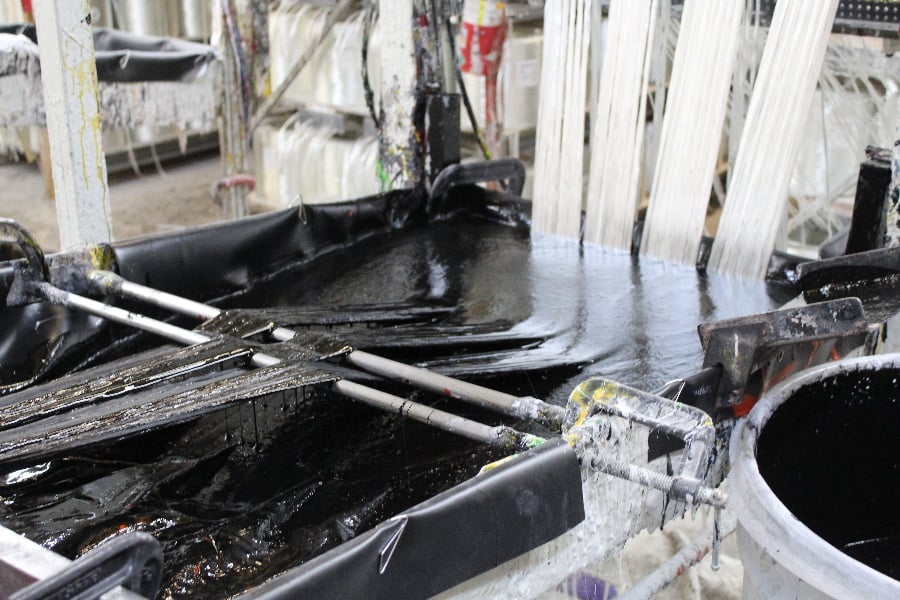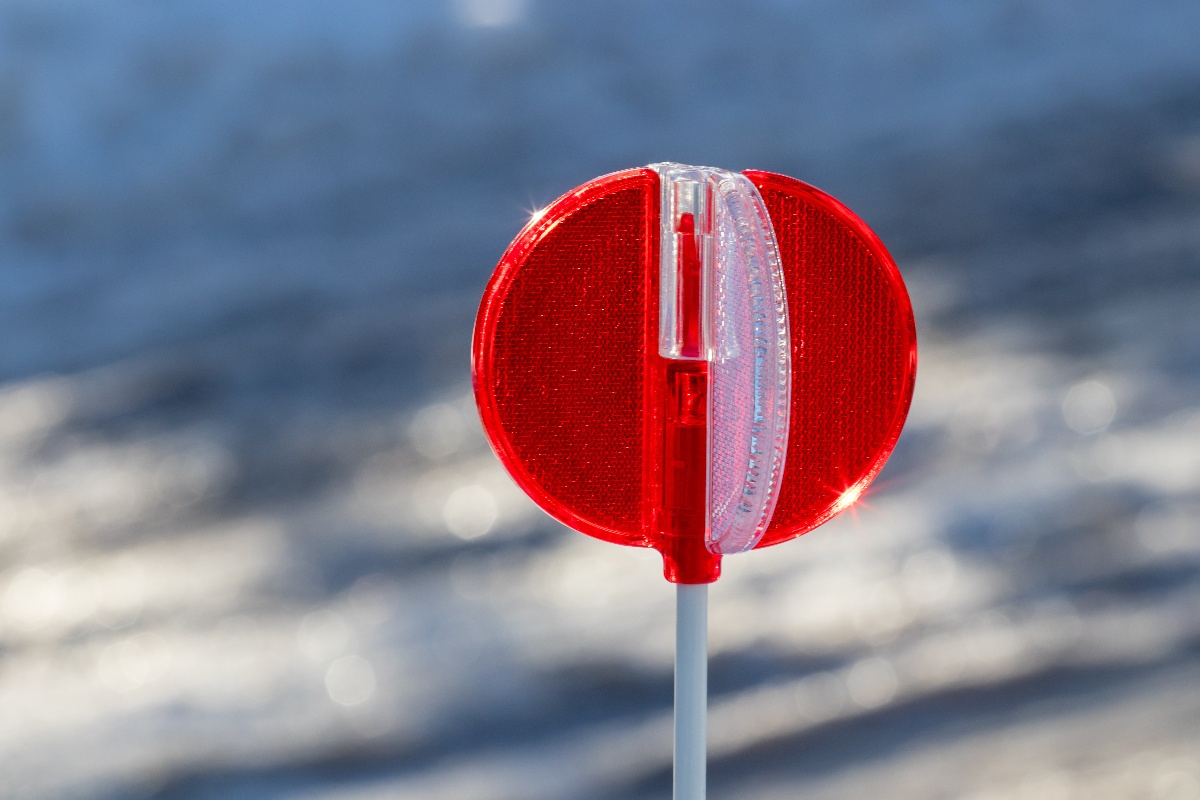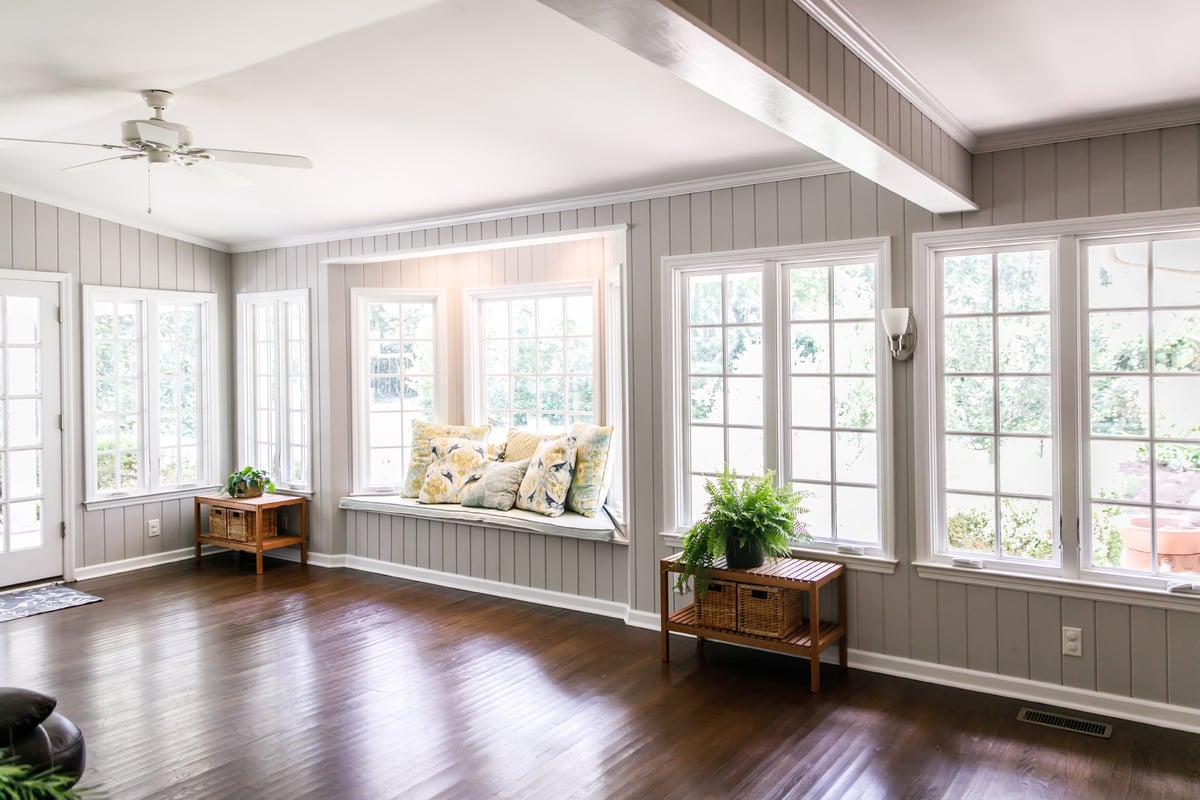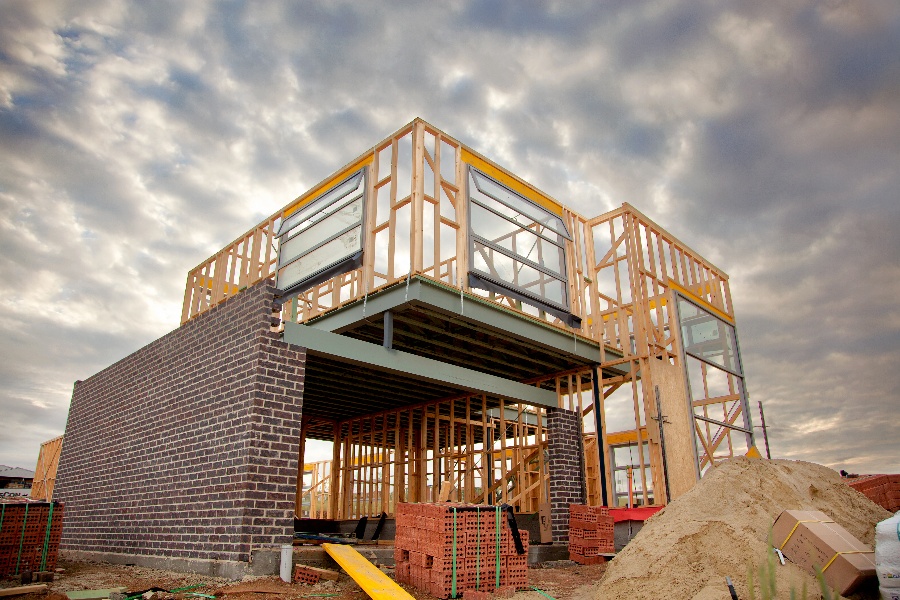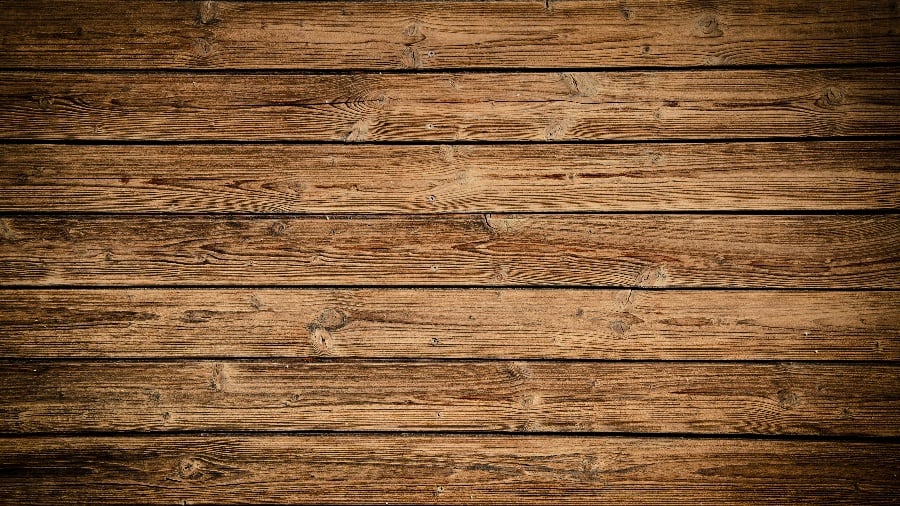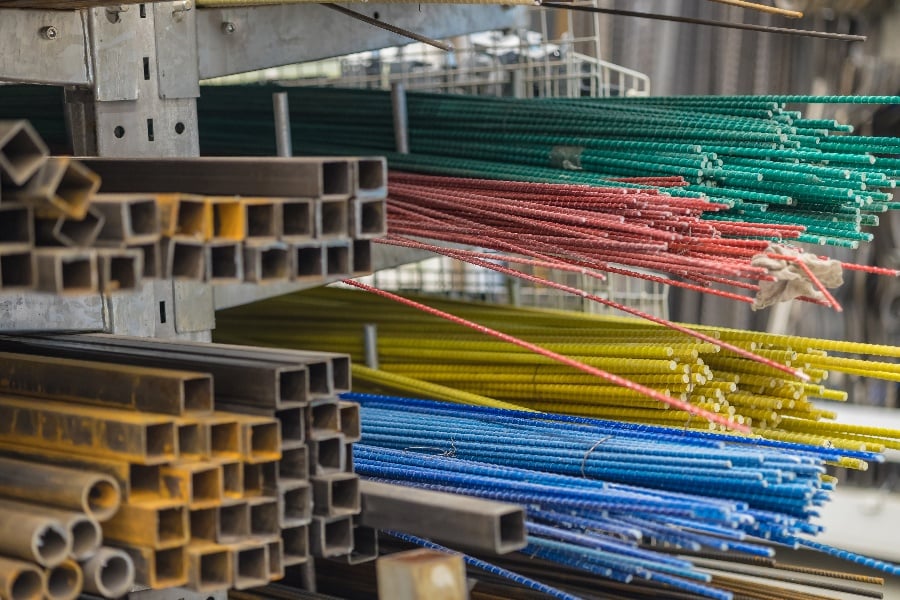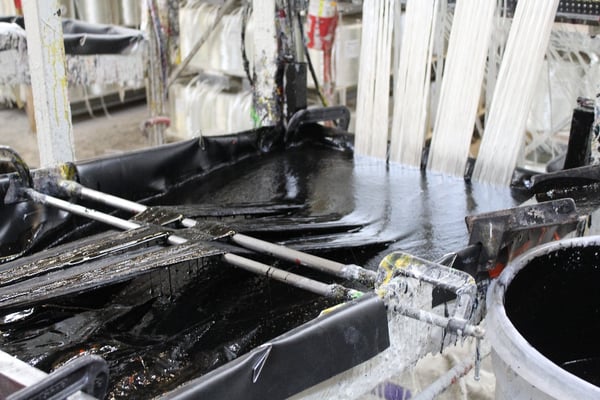
The creation of drones has opened a whole new world of possibilities for people all over the world – from filmmakers capturing stunning aerial shots to land surveying for developers.
Now, drones are no longer restricted to the sky alone. Fiber Reinforced Polymer (FRP) composite materials are used to build aquatic drones that can save lives.
EMILY the Rescue Drone
Swimming in the ocean can sometimes pose dangers. People in the water can get swept away by strong currents. This happened recently to a family at Rockaway Beach in Oregon.
The local fire department couldn’t send out a helicopter or even get to the family of four on jet skis. So, they made the executive decision to deploy EMILY (Emergency Integrated Lifesaving Lanyard). Within minutes, EMILY saved an aunt, uncle, and two children from drowning.
Created by Hydronalix, EMILY is an indispensable tool that has proven itself worthy of such praise. Its lightweight, compact build makes it possible to be launched from almost anywhere including a bridge, boat, helicopter, or the beach.
A long-range radio controller guides the aquatic drone to the people in distress. It can handle debris and even strong waves.
Video Credit: National Science Foundation
Just one EMILY drone can hold up to 10 people at the same time. They can either grasp onto the drone perimeter lifeline and wait for help, or they can hold onto an attached rope and be pulled to safety.
If more victims need help, then EMILY can be used to tow a life raft. As of today, over 400 of these aquatic Fiber Reinforced Polymer (FRP) composite drones are in use all across the world.
Built like a petite boat, EMILY drones measure 50-inches long, 15-inches tall, and 15-inches wide. This lifesaving device is built by combining multiple FRP composites including ceramic fibers, carbon fiber, fiberglass, and even Kevlar. Epoxy resin holds everything together and makes the drone more durable.
Pultrusion Process
This aquatic drone is unlike any other model on the market. Its hull is created using aluminum molds. Using a wet lay-up technique and computer modeling, woven fibers are applied. Kevlar is used to coat the outer edges of the hull to make it more resistant to impact.
This allows the drone to take on strong waves, floating debris, rocks, and reefs without incurring any damage. The keel also has three layers of Kevlar for extra strength. After the pieces of the hull are cured, they then go through a lamination process.
Advantages of FRP Composites
FRP composite materials have so many benefits that we could write a book. However, there are several very specific benefits of FRP composites that play a major role in why these materials are used to build an aquatic drone.
First, FRP composite materials are water-resistant and immune to corrosion or rust. This is why it’s easy to find boats in the marina that are made mostly of fiberglass or carbon fiber. FRP composite products are resistant to water damage, which is the main reason these materials are increasingly popular in aquatic applications.
Another benefit of FRP composite products is that they are light in weight. While aluminum may be lighter than steel, FRP composites are still a lot lighter. They can reduce the total weight of a drone drastically, which means that less energy will be needed to power it.
The third benefit is that FRP composites are resistant to impact. Because of the pultrusion process, the fiber rovings are woven together and pulled through a liquid resin bath. The liquid resin squeezes into the small spaces in-between the fibers and creates an incredibly strong bond.
Once the material is shaped and cured, it is very hard to break. This goes for all FRP composites, but the resistance to impact is further improved when Kevlar fibers are added to the mix.
FRP composites are also non-conductive, which is crucial for any craft that is meant to be used in a body of water. For those who have ever experienced inclement weather on the beach, it is a well-known fact that storms can pop up at any given time.
Lightning is very dangerous, which is why beaches, lakes, and even pools close when the thunder starts. However, if a person is caught in a current and cannot swim out, the rescue drone needs to be constructed out of a non-conductive material to safely bring the victim back to the shore.
One additional benefit of FRP composite aquatic drones is that they can last longer than conventional materials like aluminum. And, they don’t even require much maintenance.
We Customize Pultruded Products
Here at Tencom, we specialize in fiberglass and carbon fiber composites. Our versatile pultrusion process can accommodate two different pulling styles to create all sorts of products.
These two styles are known as reciprocating or “hand-over-hand” and continuous or “cat-track”. Our preferred resin is epoxy, but we also offer specialty resins to suit your specific project requirements.
FRP composites are already naturally resistant to high temperatures. You can also ramp this feature up by requesting flame-retardant polyester or vinyl ester as your specialty resin. Other resins we use to further reinforce pultruded products can enhance strength, optimize impact resistance, and more.
Range of Applications
We offer a wide range of pultruded products. You can get customized rods, angles, channels, tree stakes, driveway markers, tubes, bars, poles, and even sporting goods designed from start to finish.
Generally, our production time is about three to four weeks. However, custom products can take anywhere from six to eight weeks to complete.
You can even have pigments added into your FRP composite products. Colors can be completely customized to suit your brand identity or for assembly markers. Furthermore, we also offer pre-drilling services to make assembly a breeze.
Get in touch with our team today to learn more about our products here at Tencom.

